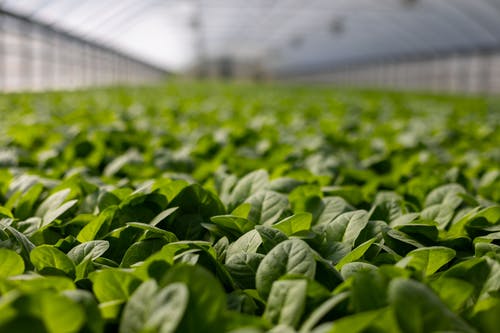Organic gardeners’ method of growing distinctive fruits and vegetables, plentiful blooms, and the longevity of ornamental trees and shrubs is to create a living soil rich in humus and nutrients. Organic gardening is based on the overall fertility and viability of the ground, not the application of fertilizers.
Like every gardener, you have to begin with a place. Certain elements in your soil might be deficient. It may be challenging to establish a plant in your soil’s structure. The ph level of the ground could be too high or too low.
Different Types of Organic Fertilizers
To feed your plants in a specific way, you can use a variety of organic fertilizers. You can also create different mixes to meet the needs of your plants. These are the most commonly used fertilizers.
Dry Organic Fertilizers
Dry organic fertilizers are made up of a single ingredient, such as rock phosphate or kelp, or a combination of many. Most organic fertilizers have a wide range of nutrients. However, blends are specifically made to provide the right amount of potassium, nitrogen, phosphorus, and micronutrients. Although commercial combinations are available, you can manufacture your general-purpose fertilizer by combining different nutrients.
Spreading dry fertilizer over the soil and then hoeing, raking, or raking up the top of the ground 4 to 6 inches is the most effective method. You can add small amounts of fertilizer to the planting holes or rows when planting seeds or transplants. Side-dressing dry fertilizers on drip lines or in rows of a crop can increase plant growth during the season of development. For information about a few fertilizer companies, visit this link.
Liquid Organic Fertilizers
The plants can absorb liquid fertilizers through their roots, as well as the pores of their leaves. When nutrients are deficient or not available in the soil or the seeds are stressed, foliar feeding can help. Foliar feeding is particularly helpful in boosting the development and growth of rapid-growing plants, like vegetables, during the transition.
You can use liquid fertilizers to give your plants a modest nutritional boost. You can also nibble them each month or once every two weeks during the growing season. Foliar sprays can be beneficial for blooming and fruiting plants during crucial seasons, like extreme temperatures or drought. Always follow the label recommendations regarding dilution and application methods for liquid fertilizers. It would help if you learned this category on fertilizing before using it.
Growth Enhancers
Growth enhancers are compounds that aid in the absorption of nutrients from the soil by plants. Kelp is a typical increase in growth that farmers have used for many generations. It is safe and contains 60 trace elements, which are vital for plants. It’s got enzymes, hormones as well as other compounds that aid in growth.
Use the following guidelines when spraying liquid fertilizers if you are using growth enhancers in foliar sprays. You can also apply kelp extract or meal directly to the soil. A professional in fertilizers will be capable of giving you information all about plant nutrition.
Conclusion
Gardeners want to provide the best possible treatment to their plants. We don’t want them hungry. Many garden soils are lacking in nutrients. This can result in plants not reaching their maximum potential. Organic matter and compost are necessary for increasing your soil’s health over time and fertility. Fertilizers are crucial to supplying plant life with the essential nutrients to ensure their health.
Different plants require different amounts of nutrients. They also don’t need all of them all at the same time of year. It is crucial to know the different types of fertilizers available and the best way to use them.

